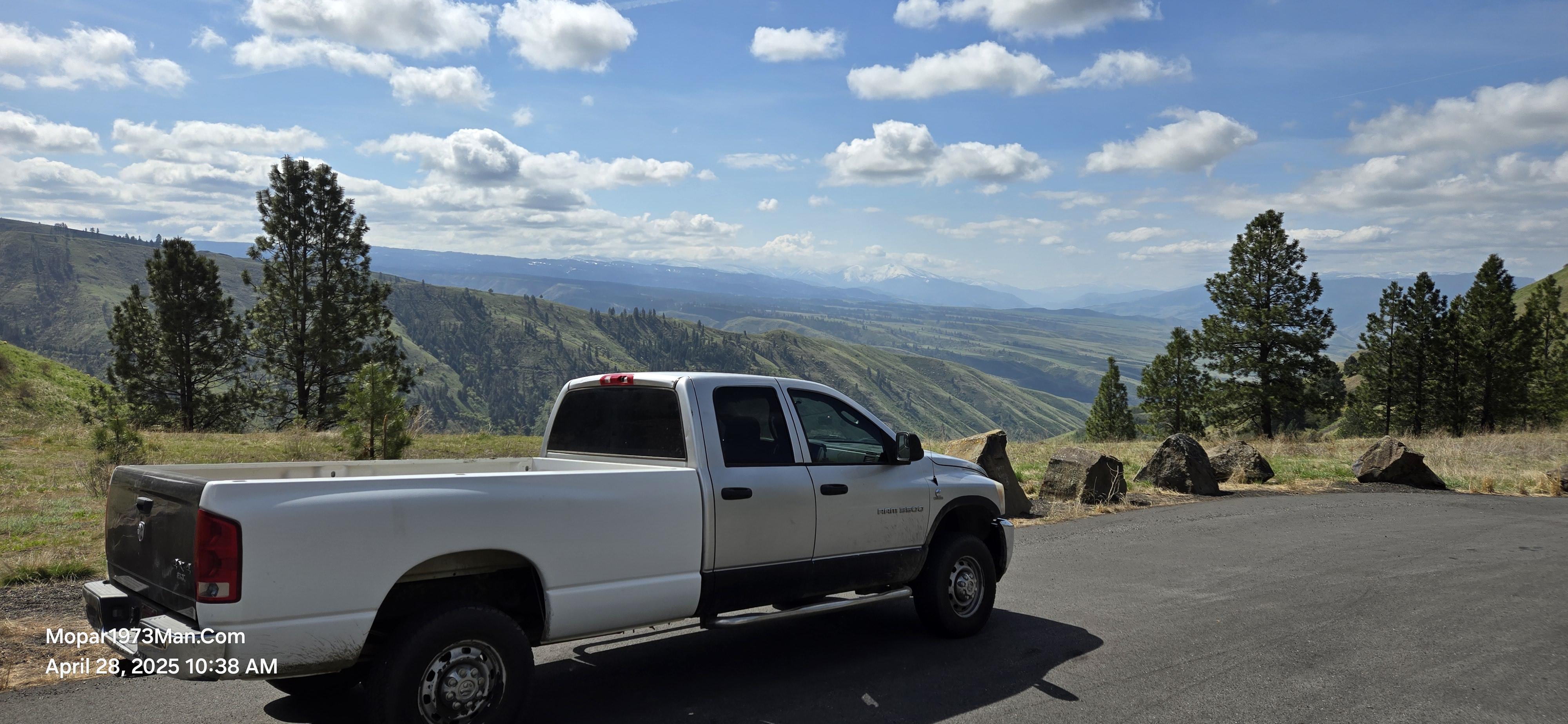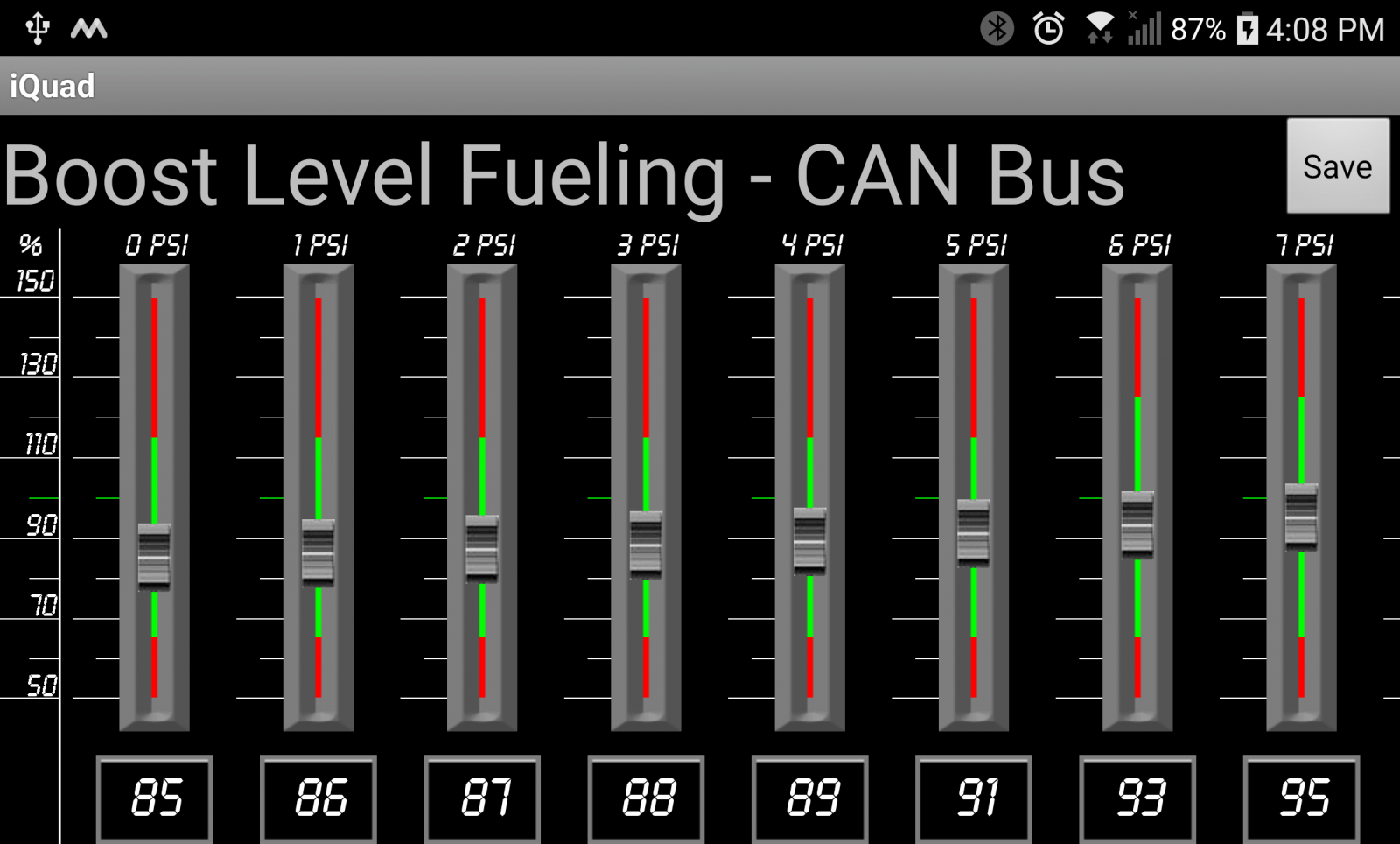
Everything posted by Mopar1973Man
-
Advice for turbo size
Like I'm at +75HP injectors with a 60/60/12 HX35/40 hybrid. Good balance of spool and keeping the EGT's in check. I would lean on the 62 as well with 12cm2 housing...
-
Grounds and electrical stuff.
No. You remove the ground completely and ground the ECM directly to the gear case. Then the alternator charge lead is moved to the passenger battery. Nothing like What you have which the charge lead and master ground run together.
-
iQuad Boost Readings Lower than Boost Gauge
Glow shift gauges are cheap quality... Time to upgrade to quality gauges. Wandering needles is most likely a bad gauge, bad ground wiring, bad power wiring, etc.
-
HIGH BEAM
Headlight ground is in the driver side kick panel inside the cab.
-
HIGH BEAM
Yes, until it reaches the S105 splice. The wiring is backwards on our trucks the common on the bulb is +12V the hi beam and low beam leg are controlled by grounds.
-
HIGH BEAM
No. There is two different grounds the hi beam leg and the lo beam leg from the dimmer switch. The ground leaves there heads to the headlight switch and ties in at the drive side kick panel inside the cab. The fact that the headlights come on just proves there is ground. But the ground for the hi beam leg might be damaged from the splice forward or the actual headlight socket.
-
HIGH BEAM
I would not suggest hacking wiring right away. First test if you got the ground signal there first. Double check the headlight socket for melting or bad contacts first. Really suck to hack up the wiring and that wasn't the problem.
-
HIGH BEAM
From the splice up to the socket would be my guess. Could very well be the headlight socket too. I've seen them melt over the years.
-
Grounds and electrical stuff.
Need to do W-T ground mod... Simple verison.
-
How often do you wax?
I try for once to twice a year for waxing. The 1996 Dodge Ram 1500 lost it's clear coat and starting to lose the paint. The 2002 Dodge Ram 2500 is still doing good.
-
ROUGH RIDING
That method I managed to break my socket twice. Now having to buy that socket at the local hardware store for nearly $25 bucks is no cheap. That method works well when you have a partner to watch and yell back. I'm typically working solo.
-
ROUGH RIDING
No longer here... He's long gone... Washington...
-
Best tuner for 24v
When you add your fuel pressure sensor don't put it in at the tap point. Remote mount the sensor. It's not the engine vibration that kills the sensor its the water hammer pulses. Easy way to see this is being a room with the TV cranked up loud. You move away from the loud sounds to protect your hearing. Something with your pressure sensor don't hook it up to the VP44 where the source of the pulses come from.
-
Best tuner for 24v
I'm planning on adding more. I've been playing with timing pretty deeply and now I've got a good idea on how to detect too retarded and too advanced. Also figured out some ways to pull a very deep retard and build boost fast and jump back to high cruise timing. More to be added to that article soon. @Quadzilla Power Thank you for the comments! I'll try to make it even better!
-
Best tuner for 24v
Holy cow dude! Long ways from the days of Edge Comp where just having +50 HP injectors were dirty on just about any level of power.
-
HIGH BEAM
+12V -> Fuse -> Bulb <- Dimmer Switch <- Headlight Switch <- GND at driver side kick panel.
-
Best tuner for 24v
Yes, all the Edge Juice would have to be removed. Then you could install the Quadzilla in its place. The bad part is the Edge Juice has so much cabling going back into the cab. Ugh. Quadzilla only has one wire going to the fuse panel that's all. As for smoke control, it super simple just dial down below 100% and you cutting below stock value. Like my tune... Totally smoke free.
-
Front axle centering
Missing the other thing now. Your caster angle is out. When the axle is dropped down the caster turns more positive. You need to have that adjusted also. This can impact the thrust angle of the truck. If the caster can't be set you might have to install a different set of control arms to gain your caster angle. Yeah as the axle is forced downward with lift kits the track bar pulls it over to the driver side.
-
New from NC w/oil pressure question/ixsue
10 PSI minimum oil pressure at 800 RPM idle. 30 PSI minimum oil pressure at 2,000 RPM.
-
Trouble Starting Engine - HELP
That tiny hole is designed in there for air to push out but it won't allow the system to drain out. So when you're bumping the starter to get the prime cycle the lift pump can push the air from the VP44 out that hole and at least prime the pressure pump.
-
ROUGH RIDING
Yeah, that was me... What he said is true. I heated the ball joint knuckle to help expand the metal. We started with a propane torch but no luck. Then fired up the acetylene torch and heated the ball joint good. The ball joint start to vent a very foul vapor that burned the eyes and horrid to breathe. We bailed out the shop and let that cool some. I can back in and sat down and hit the knuckle with a 6-pound hammer... BOOM!!! Then I open my eyes to the feeling of hot grease splattered all over my face. The ball stud exploded hit the floor, whizzed past me and the fender. Spraying me with hot grease. Hit the ceiling, then hit the floor, then hit my buddy in the thigh just about giving him a 3rd nut for life. So... If i was to do it again. I would just burn the top off completely. Push the ball stud out. Using a hacksaw relief cut the cap. Knock it out with a hammer. I'm not going to fight the whole ball joint press thing again... Screw that...
-
Custom pv1 tuning
Agreed. Hence why Edge Juice has to change constantly. Not true either. Someday I just leave my phone out in the truck in the cradle. Most of the time it hooks back up. Sometimes it just tries once to connect and quits regardless if the app is left open in the truck. Strange is I can leave the app running on my phone and carry the phone around come back to the truck and still have connection issues. There is day when I need to monitor for phone calls. No, I don't want two cradles in my truck one for iQuad and one for my cellphone.
-
Best tuner for 24v
...then read all data from the ECM.
-
Just a little horse power
If it like the other hemi's being produced I would be a bit worried. Seems like the current hemi's have a problem of throwing the 7 or 8 con-rod through the block.
-
ROUGH RIDING
Best part you know its done right!





